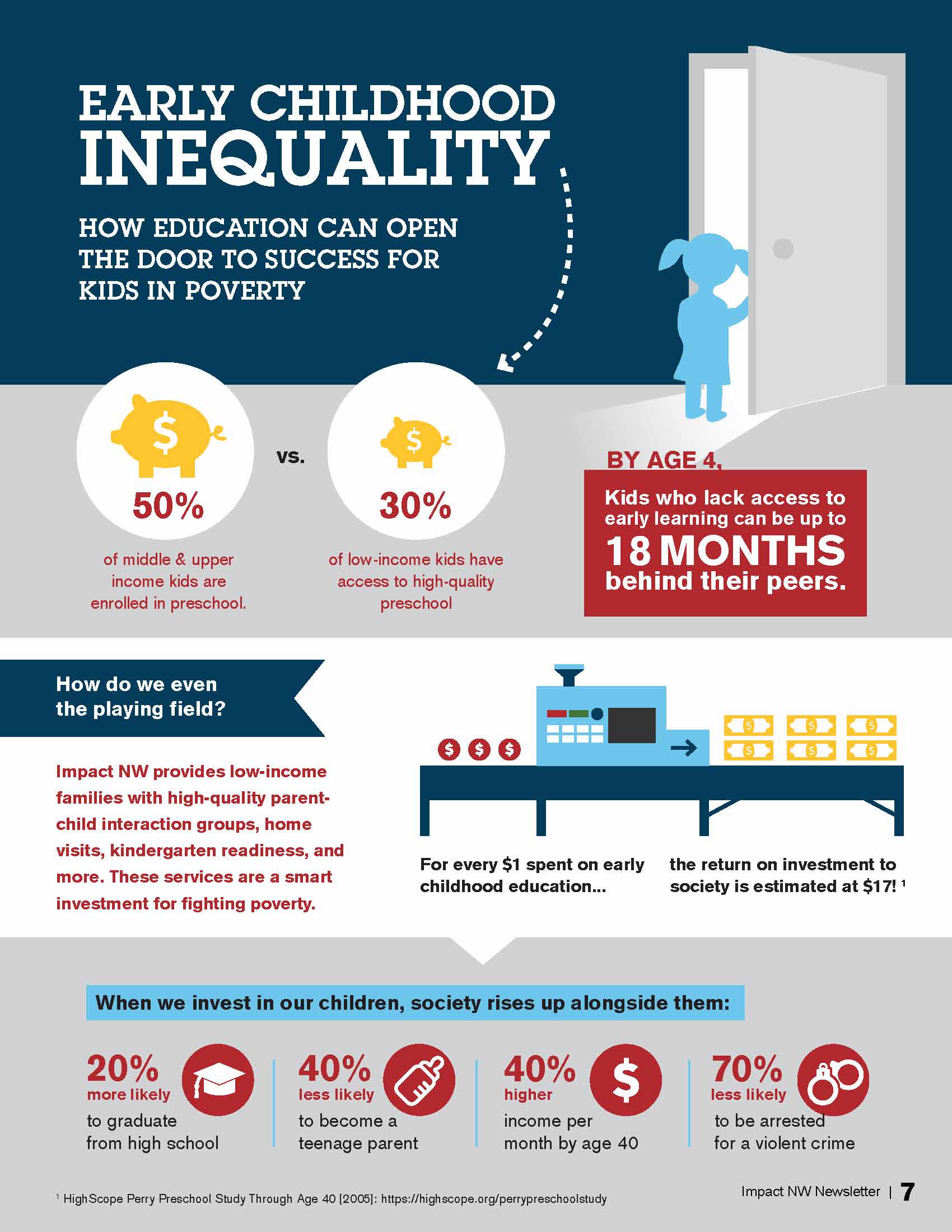With the current global pandemic shifting the education focus to online, a lot of inner-city schools with a lack of funding have been left in the dust. The resources that are necessary for an effective online learning environment are not held by the education system in many cities around the world, which only adds to the gap that already separated the factor that funding plays into the quality of education for students around the United States. There was already an abundance of problems that could be found within the education system that led to high drop-out rates and a lack of preparation for students that came out of poor school districts. This has perpetuated a cycle that is extremely difficult for many kids to escape, as it often leaves them searching to find low level work or even relying on crime as a result of the education system’s failures. The following infographic addresses the United States’ struggle with high dropout rates and the difficulties that follow for high-school dropouts.

Flexible solutions similar to the one suggested above are a great option for many students, as it allows them to work around possible obligations that may have lead them to drop-out. Only once there are drastic measures taken to improve the funding of these schools and improve the quality of education system as a whole will there be steps towards eliminating these issues. One example of a possible focus for change could be in the area of early childhood schooling, in which you can see a clear disparity of participation between income classes. The infographic below displays this gap, in addition to the possible benefits of placing more low-income children into early childhood education systems.

It is clear that their is an abundance of advantages to getting these kids into school as soon as possible. Although this will not completely solve the gap in education that continues throughout higher grades, this is a start and there is no better place to start than the start of the problem. This pandemic needs to be a wake-up call because kids all around the country are falling even further behind than before. A constantly unequal education system has developed a recurring cycle of kids struggling to come out of poor communities while others from well-off districts continue to find success and go to college. There are possible routes for students from inner-cities to make it through the system and rise above it, but it is unquestionably more difficult for them compared to their peers whom they have to compete with to get into certain colleges.
Works Cited
“Early Childhood Inequality (Infographic).” Impact NW, 10 Aug. 2017, impactnw.org/news/early-childhood-inequality-infographic/.
Penn Foster Education Inc. Follow. “Combating the High School Dropout Crisis [Infographic].” SlideShare, 27 June 2014, www.slideshare.net/pennfosteradmin/combating-the-high-school-dropout-crisis.
I found this post to be very good and informative! As someone who lives in a region with a historically high drop rate in comparison to the national average. I know dropouts personally and have seen the turn to crime and lower paying jobs due to their lack of qualification for other areas of work. Overall, great post that informs the reader of how students from inner cities face systemic injustice.
Colby, All I can say is wow… I feared that this issue would be exacerbated by the pandemic and you have proven that to be true. I really thought the graphics you chose to include displayed some really shocking information. Especially the statistic that for every dollar spent towards early education it benefits society 17 fold! This was a very informative (but sad) post that I learned a great deal from! Thanks, for sharing and hopefully law makers will take notice of this issue.